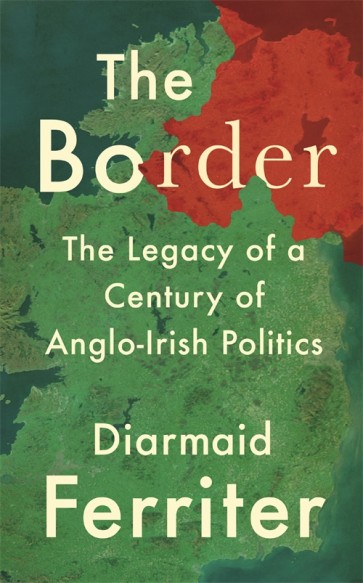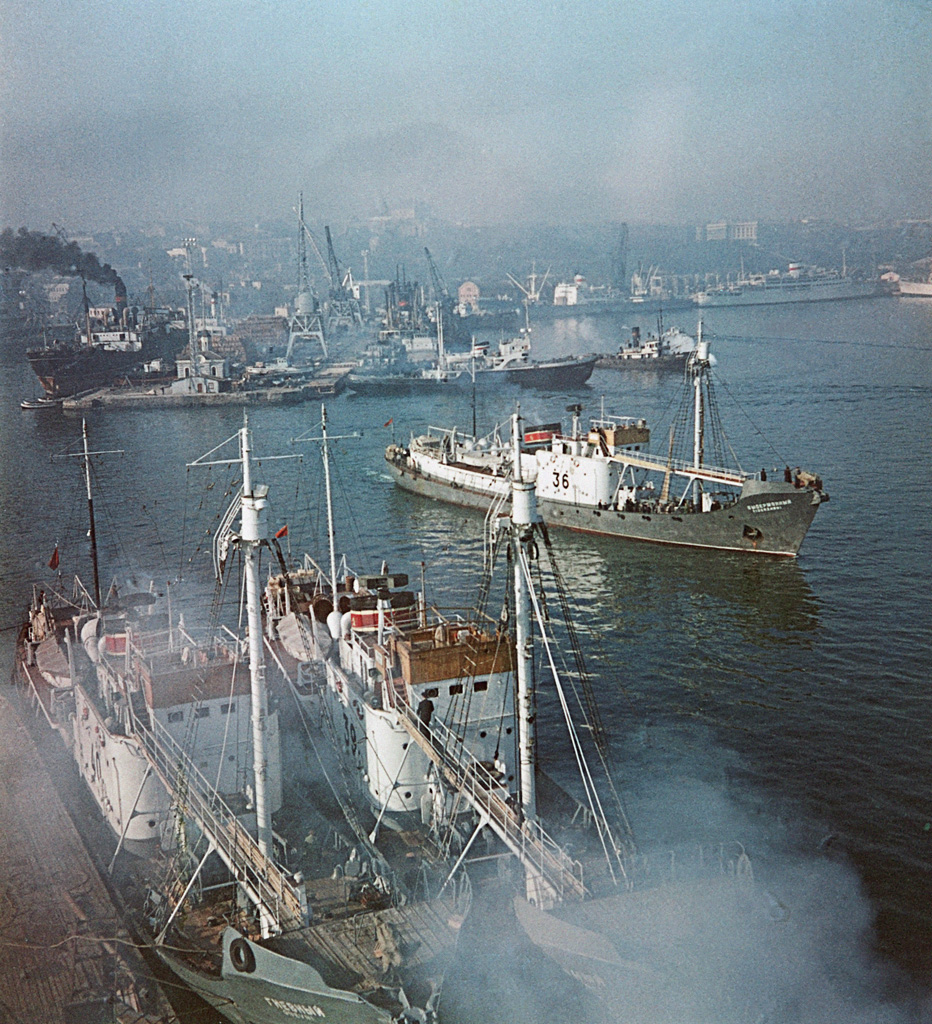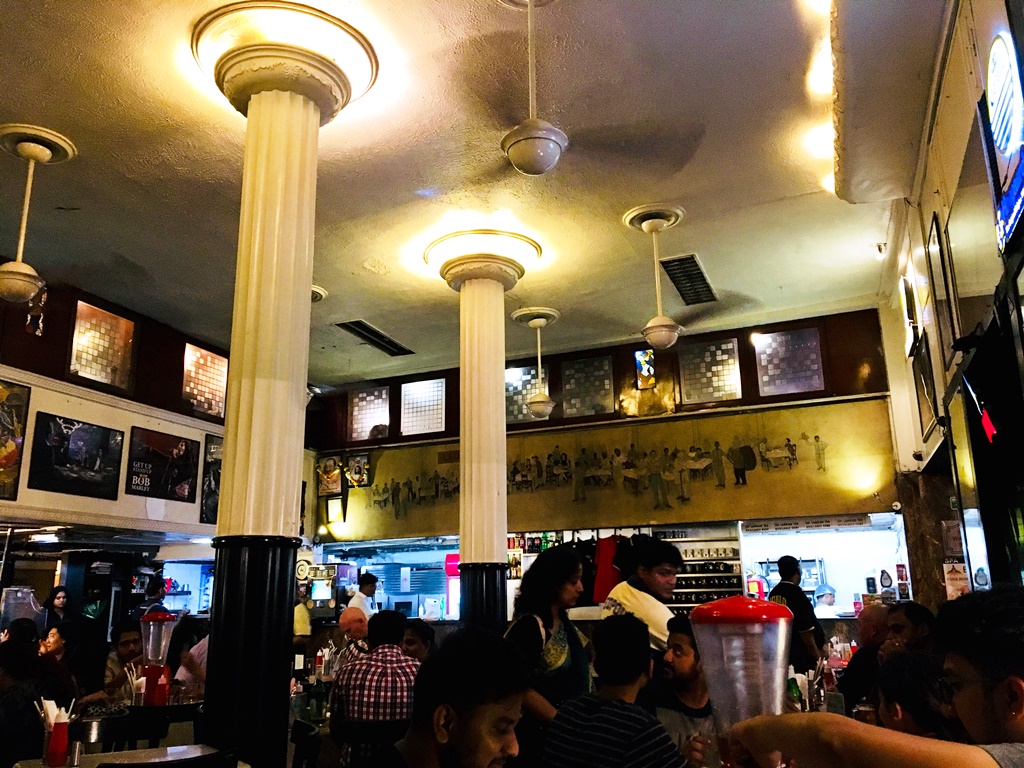Dispatches from Olsztyn: The House that Erich Built
/Photo: Marcel Krueger
By Marcel Krueger:
This year, I have been selected as the official writer in residence of Olsztyn in Poland by the German Culture Forum for Eastern Europe and until September I will be living here, observing, taking part in cultural activities organised by my local partners the City of Olsztyn and the Borussia Foundation, and of course writing about the city. You can find regular posts over on the official writer in residence blog www.stadtschreiber-allenstein.de in German, Englisch and Polish (thanks to my official translator a.k.a. my Polish voice Barbara Sapala). But I will also write irregular dispatches from Olsztyn for the Elsewhere blog.
Erich Mendelsohn had a skewed relationship with his hometown. The man who would become one of Germany's most prominent inter-war architects was born into a Jewish family in Allenstein in 1887, as the fifth of six children of Emma Esther (née Jaruslawsky), a hatmaker and David Mendelsohn, a shopkeeper. The family home was situated in the old town (just one bloc down from where I'm living at the moment), and Erich went to the nearby humanist gymnasium. But from there he went to Berlin and Munich to train as a merchant and study national economics, but soon switched allegiance to architecture and began studying his profession at the Technical University of Munich in 1906.
Photo: Erich Mendelsohn, cropped from an image donated by National Library of Israel to Wikimedia Commons and used under the Creative Commons Attribution 3.0 Unported license.
From there, he went on to a stellar career as one of the most visionary architects of Germany: first working as an independent architect in Munich, then after the First World War opening his practise in Berlin which employed 40 people thanks to such iconic buildings like the Einstein Tower in Potsdam, the Schaubühne in Berlin or the hat factory in Luckenwalde. He even designed whole neighbourhoods like the WOGA-complex at Lehniner Platz in Berlin, and together with Ludwig Mies van der Rohe and Walter Gropius founded the influential progressive and humanist architecture group The Ring. Erich also travelled extensively, often with his wife Luise: to Palestine (where Erich built a hydroelectric power station), the Soviet Union, the US.
He did rarely return to his hometown. What he did do here however was to realise his first ever project: the Tahara house of the Jewish community. Commissioned when Erich was still studying in Munich and completed in 1913, the Bet Tahara (a place where the Jewish deceased are prepared for burial) was built as a component of the Jewish cemetery of Olsztyn and also came with a second building designed as the residency for the cemetery's caretaker. The building showed many of the organic-looking characteristics that made his later buildings stand out, and came with a fine tiled cupola, while simplified geometric elements around the main hall and specially designed lamps showed the influence of Art Nouveau and expressionism.
Photo: Marcel Krueger
After 1933, Erich and his family emigrated to Palestine, London and subsequently the US. He died in San Francisco in 1953.
Many other Jews from Allenstein did not survive the war: in the summer 1942 the Germans deported them to the Minsk Ghetto and the Theresienstadt concentration camp. The Jewish community ceased to exist, but the cemetery and Erich's building remained. After the war, it was used by the new Polish administration as a magazine for the municipal archive, the headstones for building materials and the cemetery slowly turned into an unofficial park used by the neighbours (my own grand-cousin, who lived in Olsztyn until 1961, remembers using it as a shortcut often).
Today, Olsztyn is rightfully proud of its famous son, also because his building is accessible again: in 2005, the Borussia Foundation (Fundacja Borussia) initiated the reconstruction of the building. Borussia is a group of local writers, artists and teachers founded in 1990 and dedicated to the research of East Prussian heritage and cultural dialogue (and one of my main partners in the city). The restoration project was realised with the support of European Founds, and the building and the adjacent cemetery were acquired by the Foundation for the Preservation of Jewish Heritage in Poland. Since 21 March 2013, the 126th anniversary of the Mendelsohn's birth, the building has been used as a center for intercultural dialogue by Borussia Foundation and was named Mendelsohn House (Dom Mendelsohna) in memory of Erich.
There is however another instance that might symbolise Erich's skewered relationship with his hometown: in 1943 he collaborated with the U.S. Air Force to build a "German Village", a set of replicas of typical German working-class housing estates and other building types, where the effects of incendiary and other bomb types could be tested. In this way, Erich contributed to the Allied war effort in the way he knew best. And even though Allenstein was never bombed during World War 2, I wonder if he thought about his hometown and its fate when he designed the buildings to be bombed, and about the first house he had built there.














